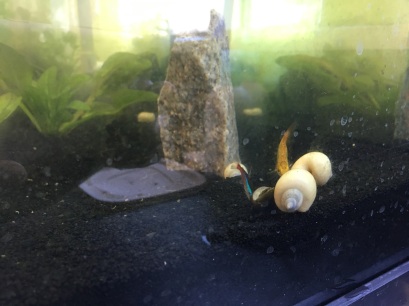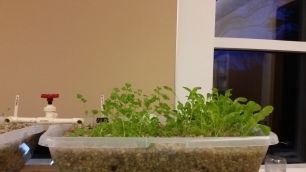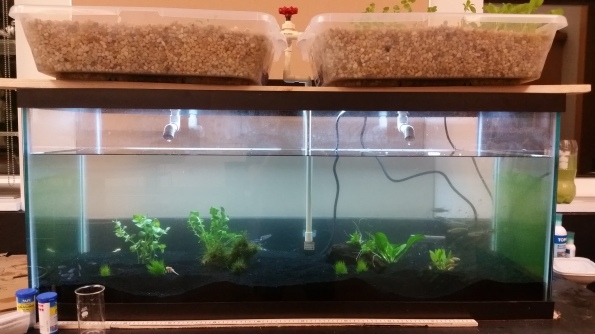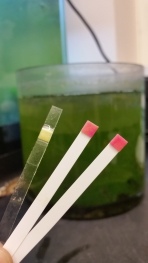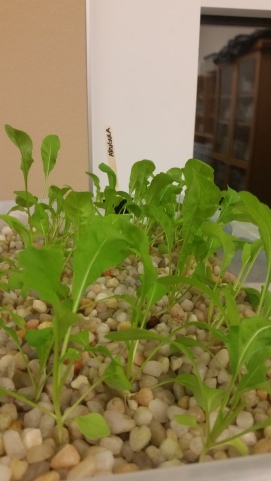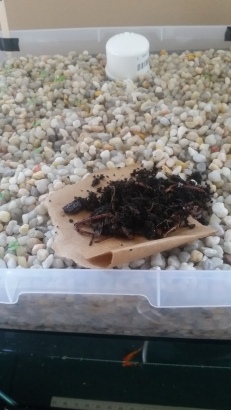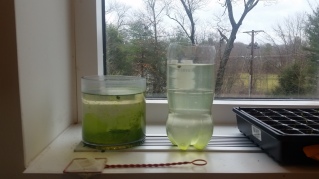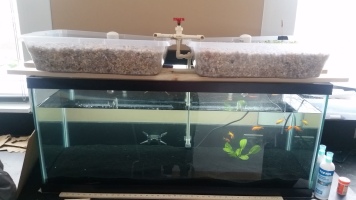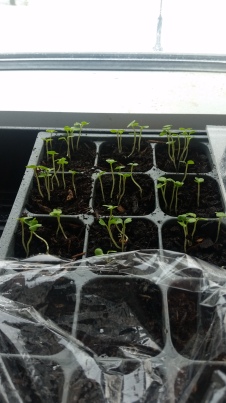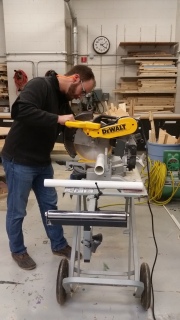So this will be my last post before turning over the project for next year!

I decided that instead of barfing out my sentiments and thoughts after almost two months of inactivity, I would just post my final reflection on the project I submitted as part of my digital portfolio (also available to check out on the canvas ePortfolio). Here it is!
Terrence Xiao
5/23/2016
Final Reflection
The story of this project, if told through a novel, would probably (I’m 94.2% sure) win a Pulitzer-prize. Why wouldn’t it? Its plot is simple but nuanced, the progression is complex yet holistic, the story overall is relatable, yet not so much so that it lacks depth, and the characters, especially the protagonist, is likeable to the extreme.
In all seriousness, I think that the ‘story’, so to speak, of this project, is one of its most powerful components. It’s the one that I share in almost every presentation, no matter the venue, and it’s the one that people seem to find most remarkable and interesting – being able to start with an interest and develop it into something academically and social relevant, and then being able to take that idea and explore it and share it with others, seems like a nerd-fairytale. Actual events, were, of course, more complicated than that – outside of the project, the tumultuous life of an average Phillips Academy student often intruded, restricting available time and energy. Even within the project itself, there were many obstacles that had to be overcome; I can still remember the terrifying crack of plastic the first time I tried to drill a hole through one of the grow beds and ended up almost taking off a finger, nor will I forget the momentous rush of happiness when the first ever bell siphon cycle successfully completed (immortalized in hideous snapchat selfie sent to close friends captioned “If finally worked!”). Of course, it was all of the little moments, positive or negative, that completed the story. Ultimately, the entire experience was incredibly formative for me as a student, not only in terms of my understanding of aquaponics, but also in my appreciation for education and the learning process.
The ‘story’, to others, is accessible in a number of ways. They can hear me speak, either informally or during a presentation, they can follow along themselves on the WordPress blog, and they can explore any number of written documents, logistical or otherwise, or visual presentations (comprehensive movie coming soon). I can’t speak to what Construction and Study of Integrated Aquaponics System brings to other people, but I can imagine that it’s different for each individual. For the freshman, it may bring a sense of wonder (ah yes, that spark of hope that we all carried with our innocence before it was brutally snuffed out by the never ending cycle of coffee, all-nighters, and homework) at the resources and possibilities this institution offers. For the senior, it may offer a fresh perspective on world issues that we, as newly minted graduates, will soon have to struggle with (this is still terrifying to me). For the teacher, it might highlight a learning process available to students here, and serve as a reminder that in an environment chocked full with tests and essays, sometimes the most substantial learning, even serious fancy-pants academic learning, can take place outside of the classroom. For the aquarium enthusiast, this story may be one filled with hope, as it was for me, that the underwater world with which they are so fascinated can in fact be made into something of relevance on a larger scale.
As this year comes to an end, the phrase that I would use to describe this project is not ‘incredibly cool’, or ‘amazing’, or ‘downright revolutionary’, as I’m sure everyone else would, but instead unfinished. For all that this project has achieved, I’m so happy and grateful that its impact will continue beyond this year – through the influence it had on me, through the conversation it embodies about sustainable production on our campus, and through its continued use as an educational tool.
This project has changed me as a student, by improving my understanding of aquaponics, yes, but also by challenging me to engage with my learning at a more fundamental level than did any of my other schoolwork. There are lots of ways that this project has influenced me at an individual level, but I’m choosing to focus on the aspect of hands-on, project-based learning because I think it’s most distinctive and directly attributable to this unique learning process.
Before this year, I had never designed and structured a core aspect of my academic curriculum. I had never conducted independent research under evaluation at such an extensive level. I had never applied for and received a grant for said research, never constructed something as tangible, both physically and conceptually, as an aquaponics system with said grant, and certainly never created and maintained an entire infrastructure supporting said system to impact a community as unique and merited as Andover’s.
I realize the dramatization inherent with describing the project that way (it could easily have been rephrased as ‘googled some stuff, built some things, talked about it’). It’s still pretty cool though. I don’t only feel more knowledgeable about the subject I set out to explore over a year ago, but also empowered by that knowledge to actually do something about it. That’s something that’s been unique to my own Andover experience – nothing else that I’ve done here has impacted me in the same way.
My biggest takeaway from the project is that the disconnect that students often feel from their schoolwork is artificial and self-constructed. If I can find a way to talk about aquaponics in an Asian-American Literature and Film senior English elective, then anyone can find a way to explore their own passions in a serious academic capacity.
The first thing people tell me when they learn about my project is ‘wow, that’s so cool, I didn’t know you could do that’. Which is great, because part of what I’m trying to convey is that students should take advantage of the incredible resources that have available to them to broaden their academic experience. The point that I think tends to be overlooked, especially by certain audiences, is that the work that I’m doing is also relevant on a much larger scale (I hope). Amongst my peers, the big three distinctions in life are between ‘things you like’, ‘schoolwork’, and ‘the real world’. These distinctions basically mean that schoolwork takes precedence over personal interests, and that it only serves as a stepping stone to matters of actual importance. This project, at least for me, debunks those distinctions completely. It’s not just some scaled up version of a hobby into something that happens to fit within my academic curriculum, it’s also something that I can and will continue to explore in the future that could conceivably be of relevance in ‘the real world’. That’s something I don’t think a lot of other students could say of their schoolwork, which is unfortunate. It’s not easy to characterize whose fault it is, and there is certainly a heavy push within the community by many parties to change this modus of learning. My hope is that this project stands out as an example of how such change can be achieved.
Go aquaponics! This has been such an enriching and meaningful experience for me overall – I cannot emphasize enough how much it has shaped my Andover experience.
